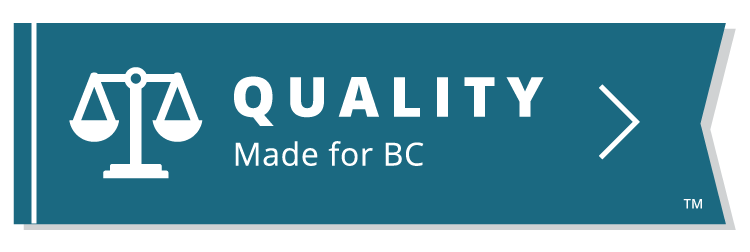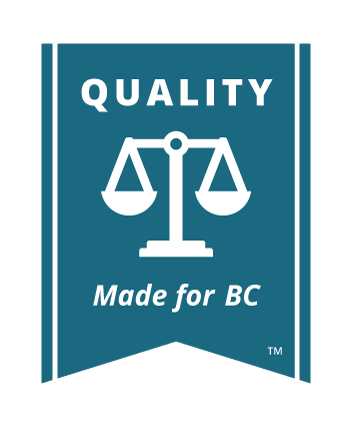Default Judgment
Default judgments are ordered when one party has failed to file and serve a response to the claim within the time allowed by the rules (Rule 3-8). A plaintiff can also apply for a default judgment if the defendant has withdrawn the response to civil claim.

Read the Rules
Rule 3-8 Default Judgment
If you are the plaintiff, the default judgment process will depend on the type of claim you have:
- You have a claim for a specific amount of money. For example, if you are claiming damages because the defendant did not pay the full amount for the purchase of equipment, you can say the exact amount of money still owed. In this case, you would file a default judgment seeking the amount you are owed, plus any interest payable under the Court Order Interest Act, plus your costs under Appendix B to the rules. You can find websites through an online search that may help you calculate the interest you are owed under the Court Order Interest Act
- You have a claim for money damages, but the exact amount has to be determined by the Court. For example, if you claim an amount for pain and suffering arising from an injury, the Court will need to consider evidence to determine the nature of the injury and what amount you are owed as a result of the injury. In this case, the Court will grant a judgment that indicates the amount of the damages is “to be assessed”. The plaintiff will then have to schedule a further application to the Court to have a decision made on the amount of damages
- You have a claim for detention of goods by the defendant. For example, the defendant has failed to return a painting to you at the end of an exhibit. In such a case you can either ask the Court to enter judgment ordering the defendant to deliver the painting, or you can ask the Court for judgment in your favour for the value of the painting, with the amount to be assessed at a later hearing
If your claim does not fall within one of these three categories and the defendant has not filed a response, you will have to proceed under the summary judgment rules (discussed below).
What to include in your application:
- Notice was served: Proof that the notice of civil claim was served on the defendant. You do this by filing an affidavit of service. For more information on affidavits of service see Serving Documents.
- No response: Proof that the defendant has not responded as required under the rules. If the defendant has not filed a response, you can obtain this proof by filing a document called a requisition (Form 17) that asks the registry to search the file for a response from the defendant. If there is no response, then the requisition will be returned with the word “nil” printed on it. This can then be filed as part of your application for default judgment. If the defendant has not served a response, then you can file an affidavit that states that you have not received a response. For more information on requisitions, see Requisitions
- Requisition: A requisition that asks the Court for a judgment on the basis that the defendant is in default. The search for a response can be requested on the same requisition used to file the application for default judgment
- Draft judgment: A draft default judgment, prepared using Form 8
- Bill of costs: In cases where you are seeking final judgment, also prepare a bill of costs that sets out the costs you claim you are entitled to under Appendix B of the rules. See Costs
- Interest: If you are claiming interest, you must include an interest calculation with your application
If you are applying for a default judgment against a party who is under a legal disability (for example, someone who has been declared to be incapable of handling his or her affairs by the Court), you must appear before the Court to apply for an order to allow you to file a default judgment (Rule 20-2 (14)).







 JusticeEducation.ca
JusticeEducation.ca JusticeEd
JusticeEd /JusticeEducation
/JusticeEducation